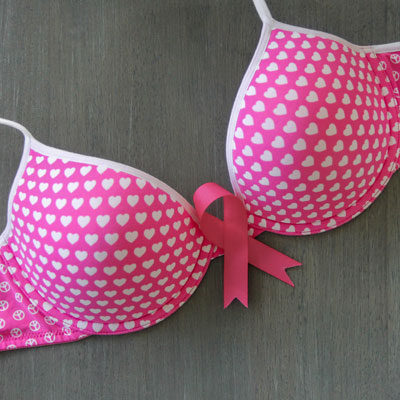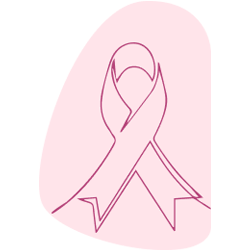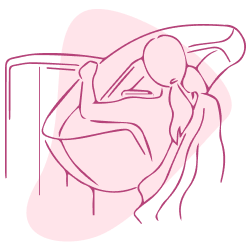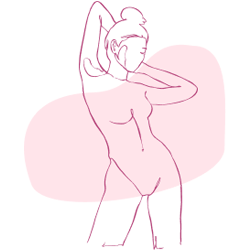Healthier Breasts with Breast Screening
About breast screening — how it’s done and when to have it
Big and small, squishy or firm, round or pointy — breasts come in all shapes and sizes. And your breasts will change throughout your life, from adolescence to pregnancy and lactation to menopause. They even change throughout your menstrual cycle.
It’s important to know what is normal for you, and when to check with a doctor if you are concerned about changes to your breasts.

What are normal breasts?
There’s no standard or ‘normal’ breast. What’s most important is that you learn about your breasts by checking them regularly – with your eyes and with your hands. Learning how to check your own breasts is a skill Venus Women’s Clinics can help you master. It’s a skill that could save your life.
Your hormonal changes alter your breast tissue, often making it more tender and lumpy just before your period, and less tender and lumpy after a period.
Hormonal changes before menopause can also cause breast discomfort. After menopause, the glandular tissue of the breast is largely replaced by fatty tissue. You may sense your breasts look and feel different.
Since breast changes are normal, it can be tricky or confusing to know when you should be concerned about your breasts.


What are the symptoms of breast problems?
Many women will experience breast lumps, cysts, mastitis and painful breasts during their lives.
You need to particularly look out for:
- a new lump (particularly if it’s not tender) or new lumpiness (especially if it’s only in one breast)
- a change in the size or shape of your breast
- a change in the skin of your breasts, such as redness or dimpling
- any changes in the nipple such as itchiness, scabbing or discharge
- any persistent pain in your left or right breast.
What is breast screening?
Breast screening — or breast cancer screening — is an imaging test that helps clinicians look for abnormal or concerning breast tissue. This imaging test is commonly known as a mammogram.
Breast screening is generally offered to women who have no symptoms of breast problems. It is the best way to detect breast cancer at the earliest stages, which bolsters the chances of successful treatment.
What happens during a mammogram? Is it painful?
During a mammogram, each of your breasts is pressed between two x-ray plates. These plates spread the breast tissue out so that clear pictures can be taken. The pressure of the plates on your breast tissue can be uncomfortable, but it lasts less than 30 seconds.


What age should I start breast screening?
Women aged 50-74 are entitled to free screening once every two years. Breast screening is less effective in women under 50. This is because breast tissue is more dense, making small cancers harder to see.
What happens after breast screening?
If you’ve noticed symptoms (lump or nipple discharge) or if the mammogram image detects a potential cancer, you’ll need to visit your doctor. Your doctor will likely order more tests, such as:
- ultrasound
- MRI scan
- ultrasound-guided biopsy.
These will determine the nature of the problem with the breast lesion. It may or may not be breast cancer.
What should I do if I think I’m worried about my breasts?
If you’re concerned about your breasts, Venus Women’s Clinics can help. We offer evidence-backed quality diagnosis and management of all breast-related concerns. Put your health first with the caring and compassionate health professionals at Venus Women’s Clinics.

NOTE: While it is reviewed for clinical accuracy, the content on the Venus Women’s Clinic website does not replace professional advice. This information should not be used as an alternative to professional healthcare. If you have a particular medical problem, please consult a doctor or a specialist.

